- sales@fokca.com info@fokca.com
- WhatsApp: +86 150 5749 1870
Sep 27, 2025
From the vast pipeline networks of petrochemical plants to the clean pipelines of biopharmaceuticals, and from the power cycles of energy generation to the filling production lines of food and beverages, every precise action is underpinned by the command of a central control system. Smart valves can not only regulate and control the movement of actuator components—such as solenoid valves managing compressed air to direct cylinder actions—but also directly control fluid media, as seen in the filling of juice or beverage production lines.
Given the diverse types and functional modes of valves in industrial production and smart manufacturing, it is essential for both industrial manufacturers and independent researchers to understand the operational principles and effects of each valve type on fluid media in order to determine the specific requirements for their applications.
Next, I will mainly classify the types of valves based on whether they control energy flow or material flow medium. Using this model, we will categorize several common types of valves
Imagine a scenario where empty bottles are moving uniformly on a conveyor belt, ready to be filled.
Valves generally have two states: normally open and normally closed. The spring at the top of the actuator is in a compressed state, pushing the piston rod downward, which presses the seal tightly against the valve seat, keeping the valve closed. When the production line is paused or no bottle is in position, the juice cannot flow.
When an empty bottle reaches directly under the filling head, a sensor detects the signal and sends it to the PLC. The PLC immediately sends an electrical signal to the solenoid valve that controls the angle seat valve.
The solenoid valve energizes and actuates, directing compressed air from the factory air supply into the chamber above the piston in the angle seat valve's actuator, preparing to drive the piston's linear motion.
If the pressure of the compressed air exceeds the force of the spring, it pushes the piston upward. The piston rod lifts accordingly, pulling the bottom valve plug away from the seat, and the valve opens instantly. Juice enters from the inlet, flows through the valve chamber, and exits through the 90-degree outlet towards the filling head, beginning to be accurately injected into the bottle.
After precisely controlling the fill amount for each bottle, once a bottle is full, the PLC cuts off the electrical signal to the solenoid valve. The solenoid valve exhausts, and the air pressure above the actuator dissipates. The spring, relying on its compressive force, rapidly returns to its original state, once again pushing the piston rod and the bottom seal against the valve seat. The valve closes quickly and tightly, cutting off the juice flow without a single drop leaking.
This is a very typical application case for an angle seat valve. In automated filling actions, such as in food and beverage production, an angle seat valve requires the combined drive of a solenoid valve and pneumatic actuator to perform its task efficiently. So, does the angle seat valve control a medium that belongs to the mass flow or energy flow? Since the medium controlled by the angle seat valve is the product itself, it belongs to the mass flow.
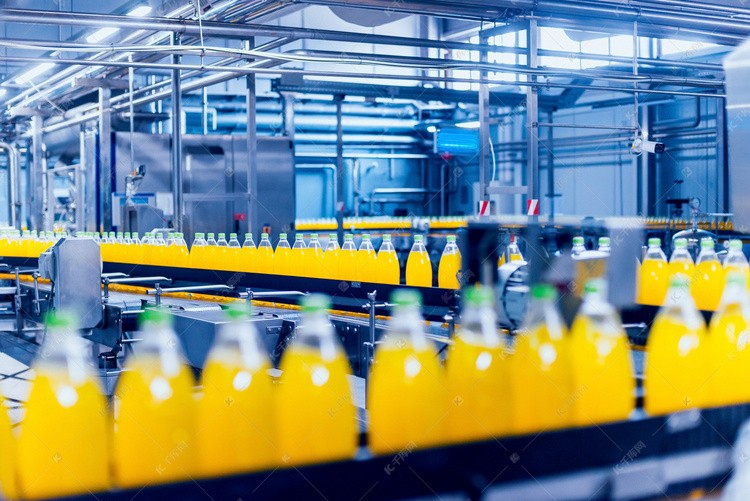
You May Interest In
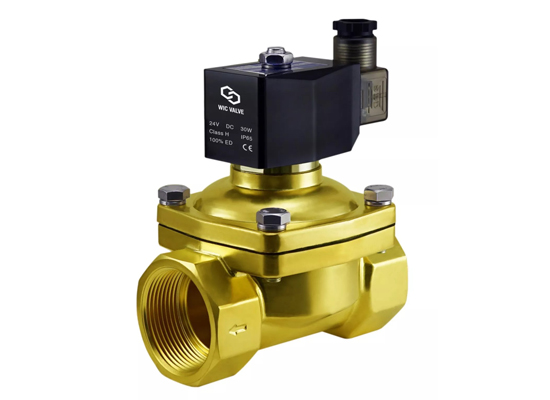
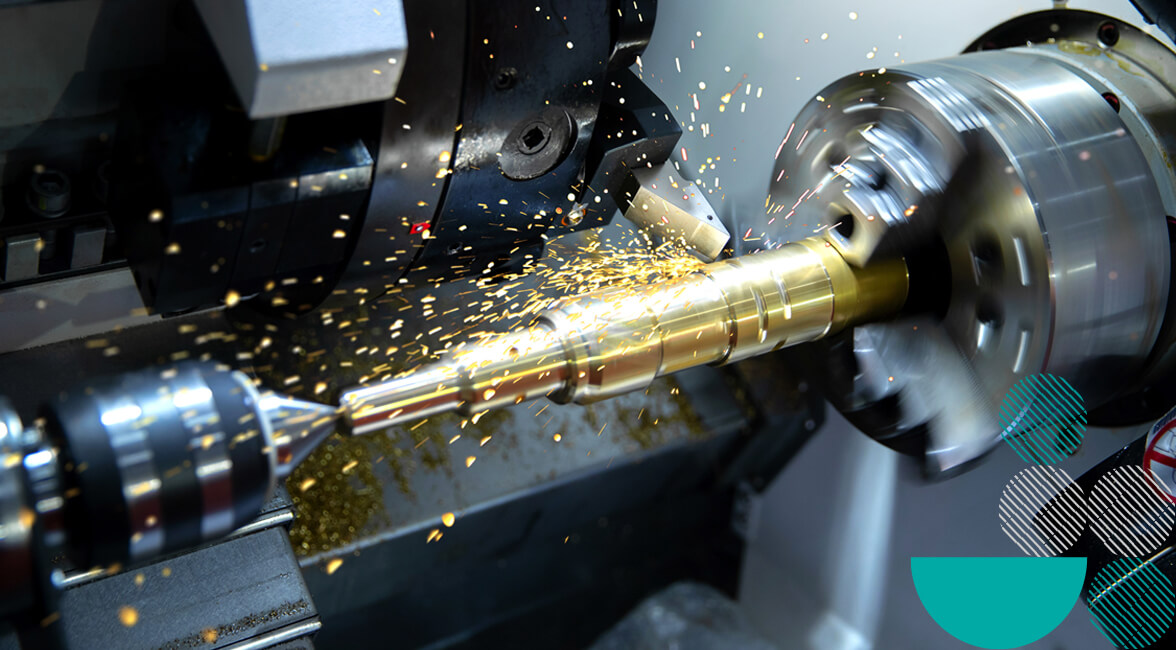
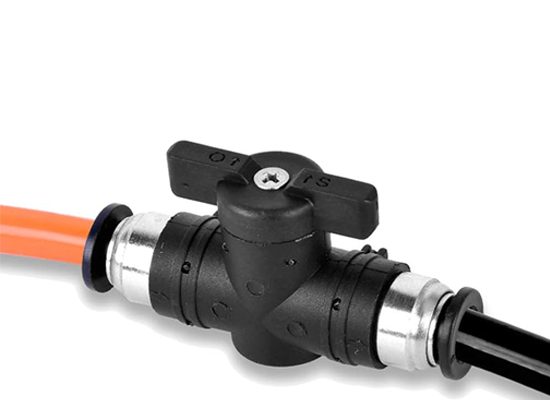
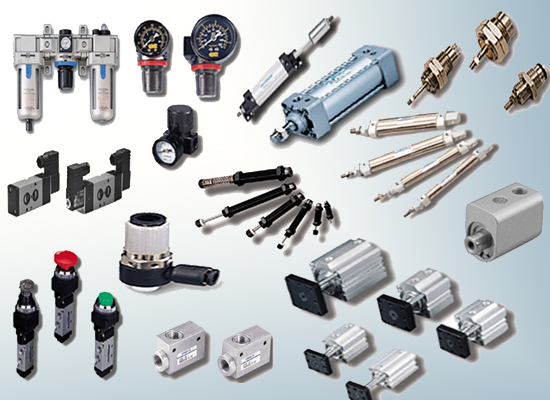

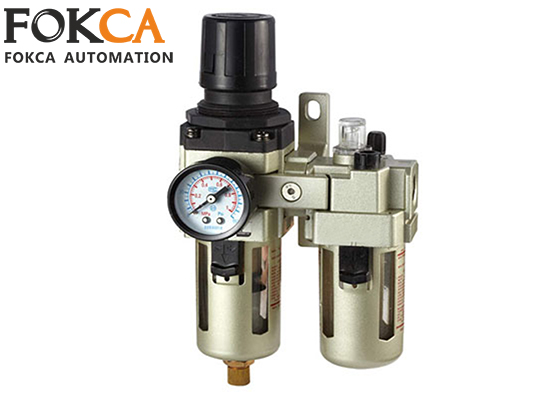
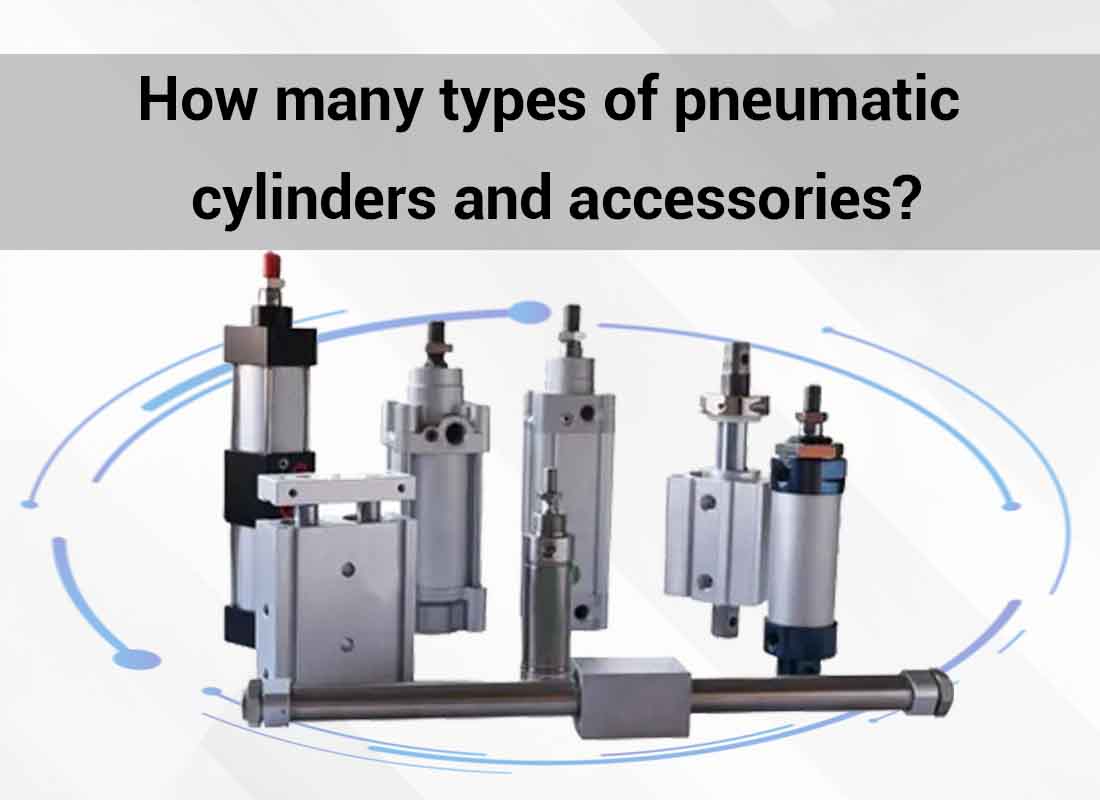
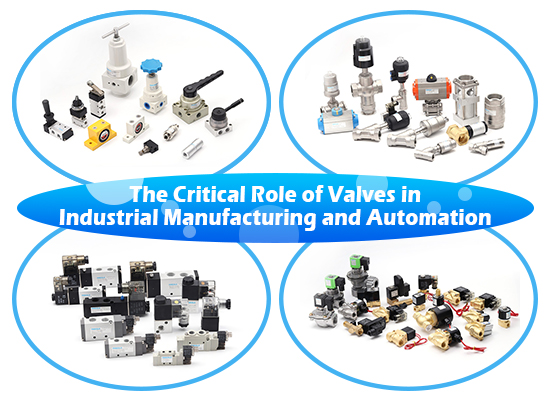
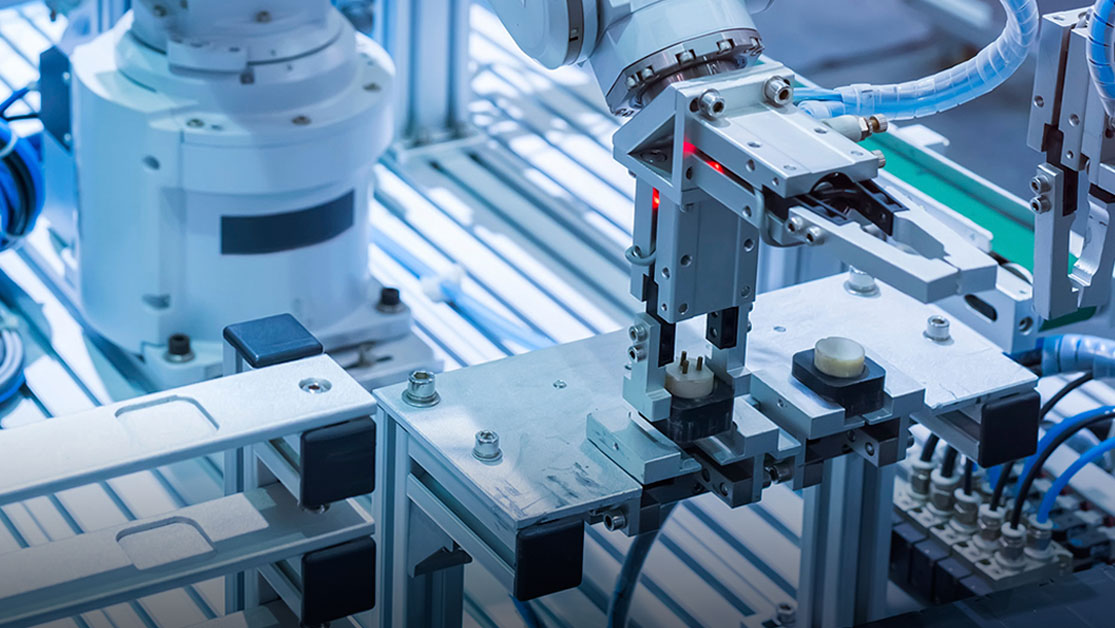
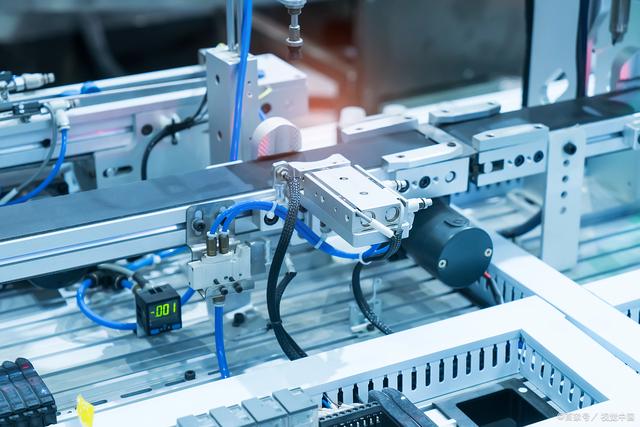
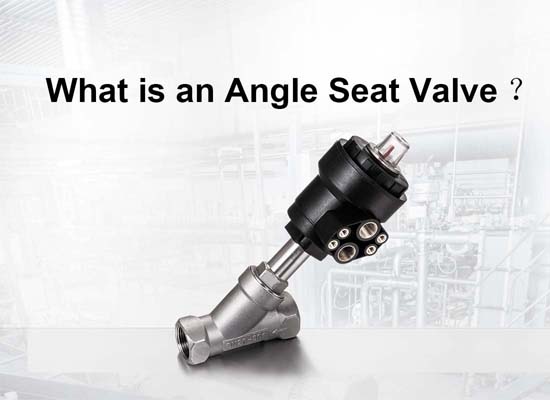
Apr 18, 2025 Blog
What is an Angle Seat Valve?Links: www.fescolo.com(Pneumatic)
FOKCA ©1998-2025 All Rights Reserved Sitemap